After our lambaklag fishing expedition, we were all driven, within 15 mins., from Brgy. Malabor to Brgy. Bandoja, this time to try our hand at pottery and brick making. Bandoja is known for their earthen products made famous by the quality and durability of its bricks and the pottery that comes from a wide variety shapes and decorative techniques. The barangay is blessed with 450,000 metric tons of clay reserves, making it an ideal location for this cottage industry.
In the past, the pottery designs used were usually geometric, with stylized nature motif. Later, however, it became more functional. Their finished products include terracotta bricks, huge and complex ornamental jars, mini cooking sets, flower pots, mini clay slippers and others.
Students of UP Visayas (Miag-ao, Iloilo), on a field trip, where invited to try their hand in pottery. Pottery, though fun, doesn’t look as easy as the process seen in the movie Ghost. In fact, it takes a lot of patience to mold the wet clay and learn the basics of the potter’s wheel much less create a decent looking vase, jar or pot.
The potter’s wheels, some improvised from bicycle rims, were all turned by hand. As the wheel is rotated, the solid ball of soft clay is pressed, squeezed and pulled gently upwards and outwards into a hollow shape.
In brick making, the raw clay is mixed with 25-30% sand to reduce shrinkage, then grounded and mixed with water to produce the desired consistency. It is then pressed into steel molds (also referred to as forming) to form the clay into its final shape.
In pottery making, the clay is first kneaded to ensure an even moisture content throughout the body. The next step, called centering the clay, is the most important skill to master before the next step. Here, the rough ball of clay is pressed downward and inward into perfect rotational symmetry.
The next steps are “opening” (making ac hollow into the center of the solid ball of clay), “flooring” (creating a flat or rounded bottom inside the pot), “throwing” or “pulling” (the walls are drawn up and shaped to an even thickness), and “trimming” or “turning” (refining the shape or to creating a foot through removal of the excess clay).
Of course, the student’s pottery and brick creations wouldn’t be complete without “firing” in a kiln to remove all the water in the clay to harden, increase their strength and set the clay. Only then does it become pottery or bricks.
Instead of wood or charcoal, the kiln uses cheaper rice husks for fuel which reduces air pollution and improves the quality of the products. Firing would take some time but, since the students etched their names on their creations, the finished products would be delivered to them on a later date.
Katahum Tours: Tibiao, Antique. Mobile numbers: (0919) 813-9893 and (0917) 631-5777. E-mail: flord@tibiaofishspa.com. Website: www.katahum.com.
How To Get There: Tibiao is located 73 kms. from San Jose de Buenavista, 12.6 kms. from Barbaza, 17 kms. from Culasi and 89 kms. from Brgy. Caticlan (Malay, Aklan).

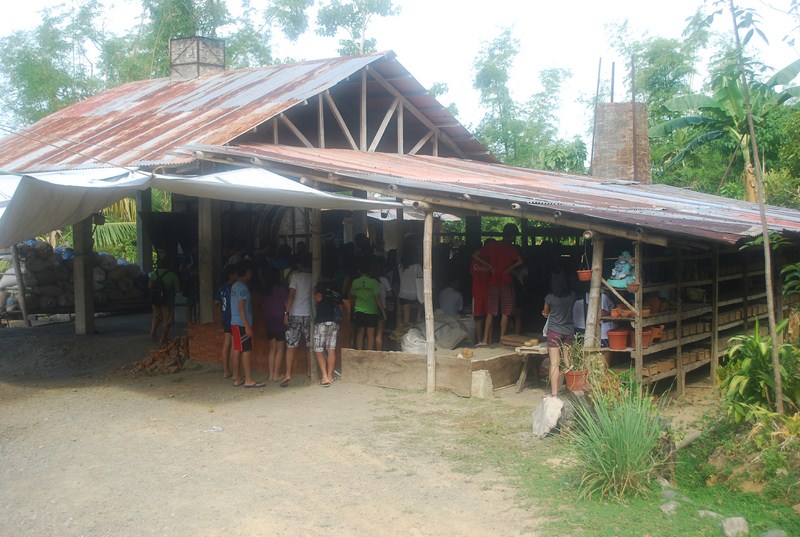
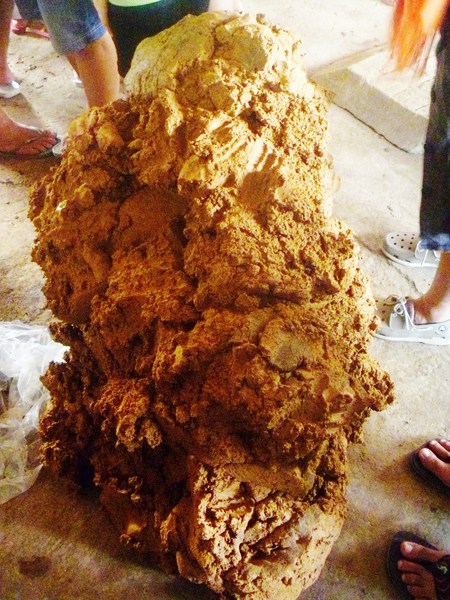
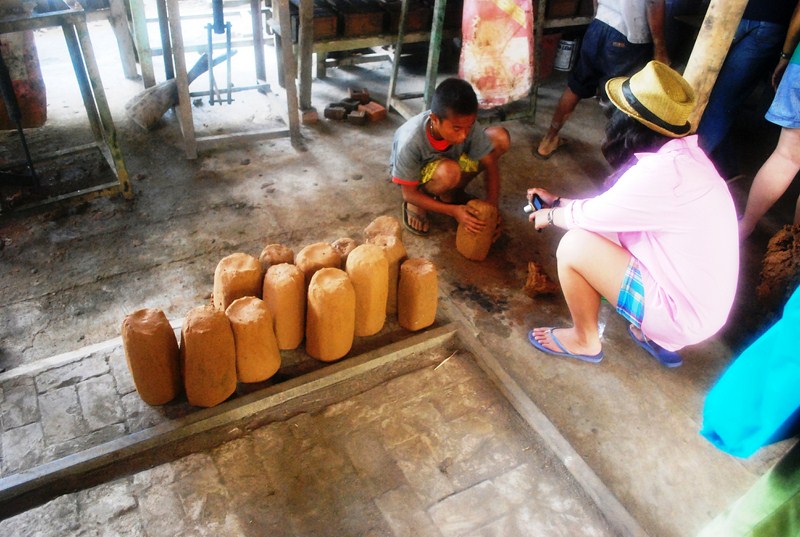
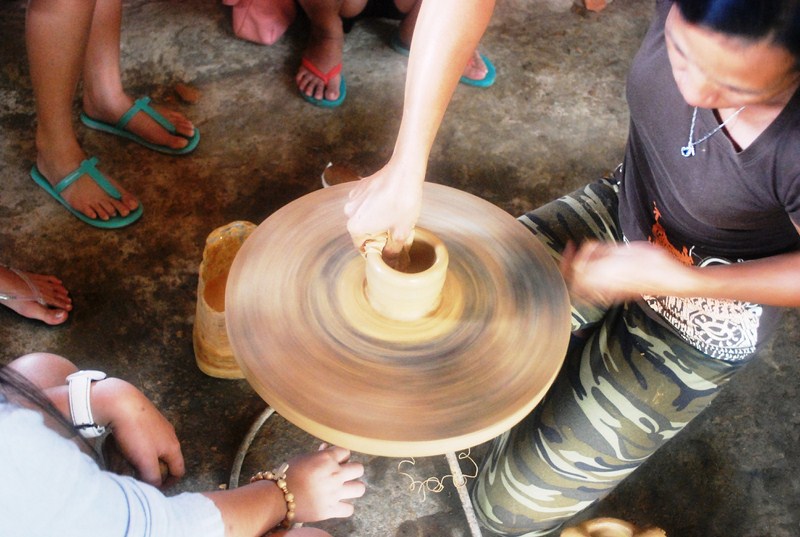
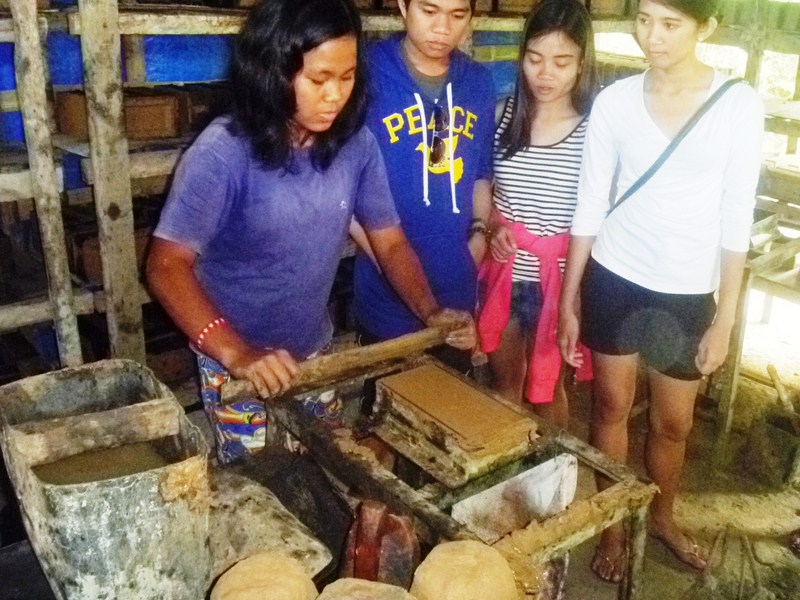
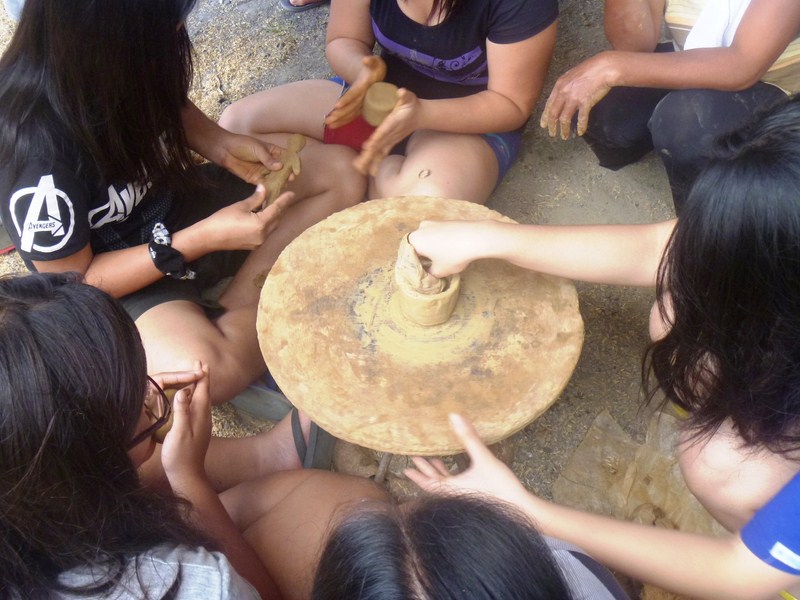
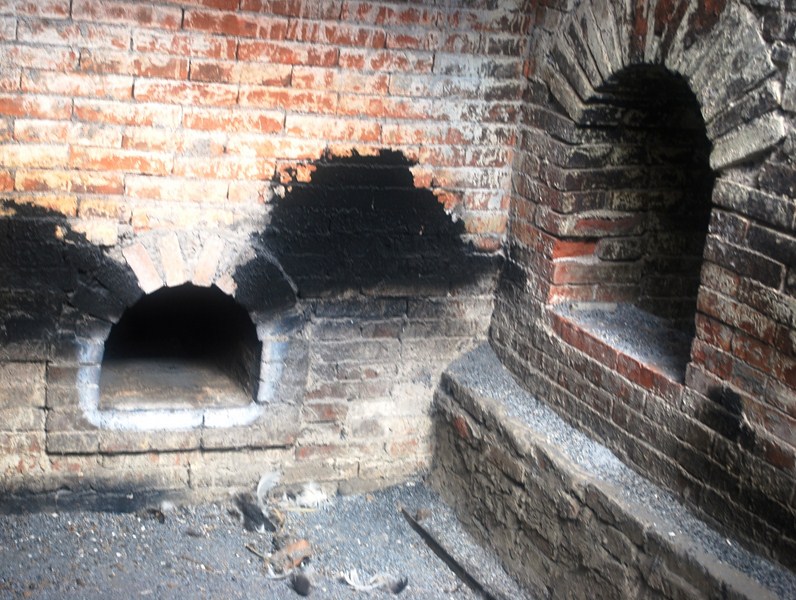
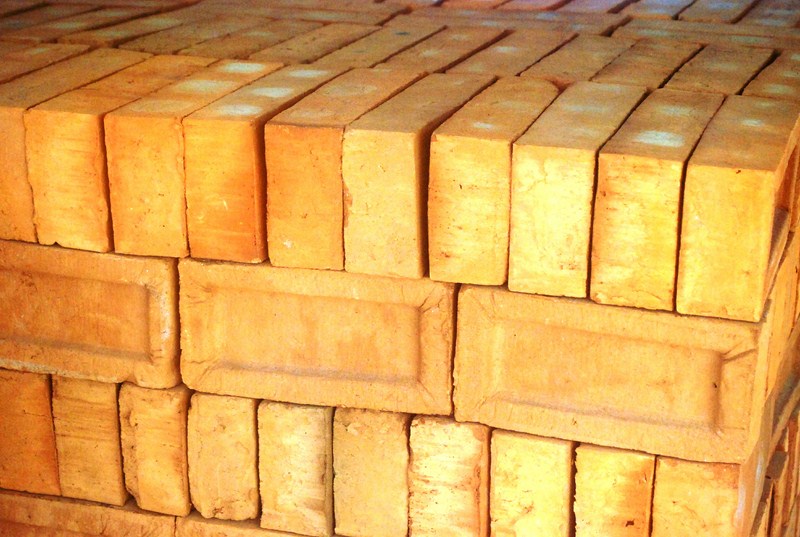
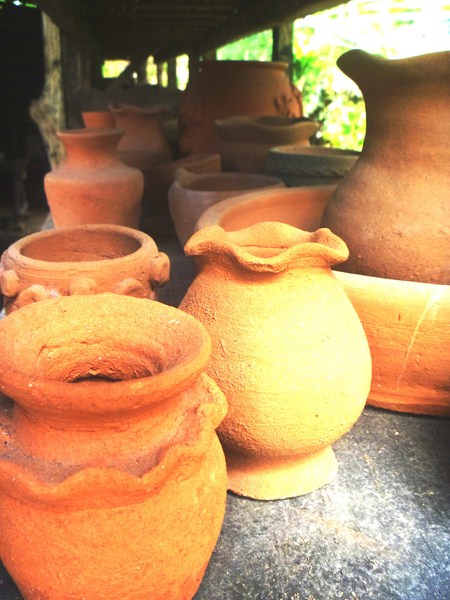
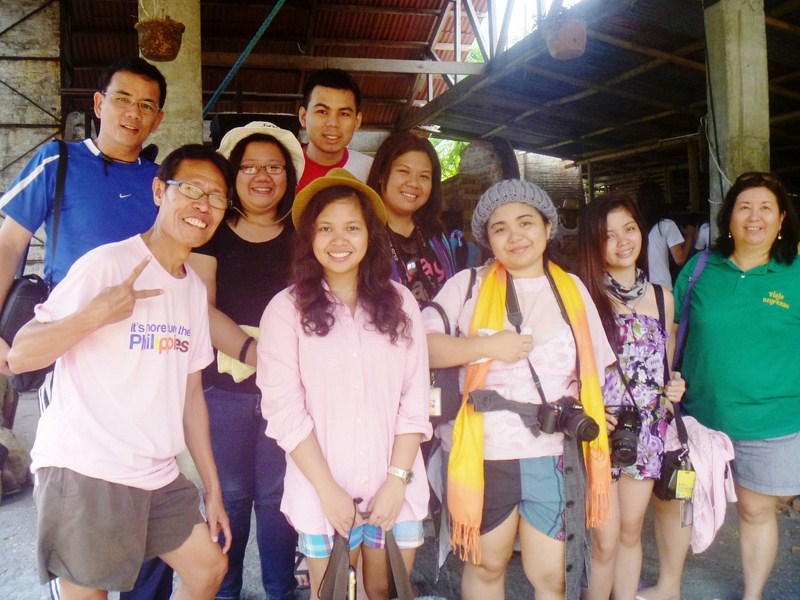
Thank you Sir for taking time visiting our province. We appreciate your efforts of helping put Antique in the tourism map. BY the way I borrowed one of your photo. Hope you won’t mind.
You’re welcome. Feel free to use my photo but would appreciate an acknowledgement. Thanks for your comment. There will be more Antique blogs to come in the following days
Pingback: Homepage